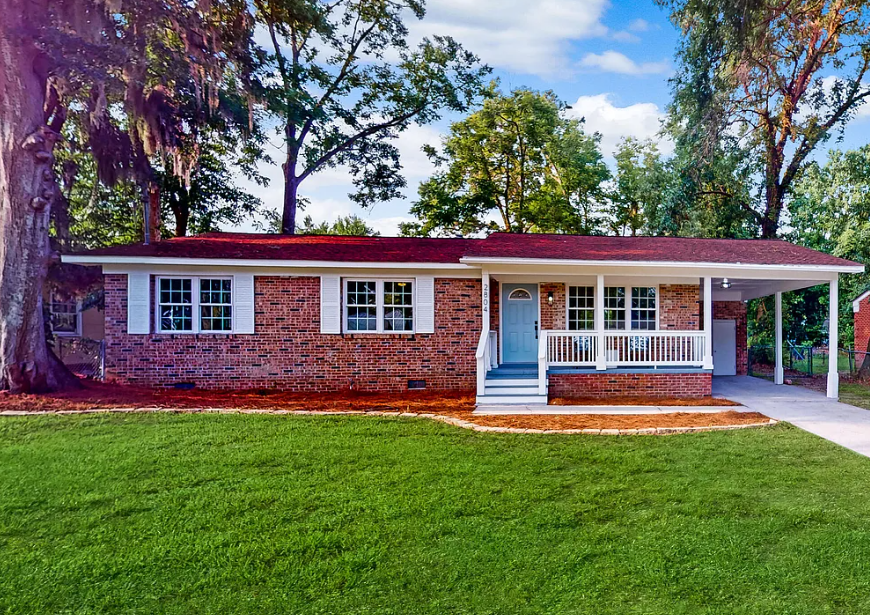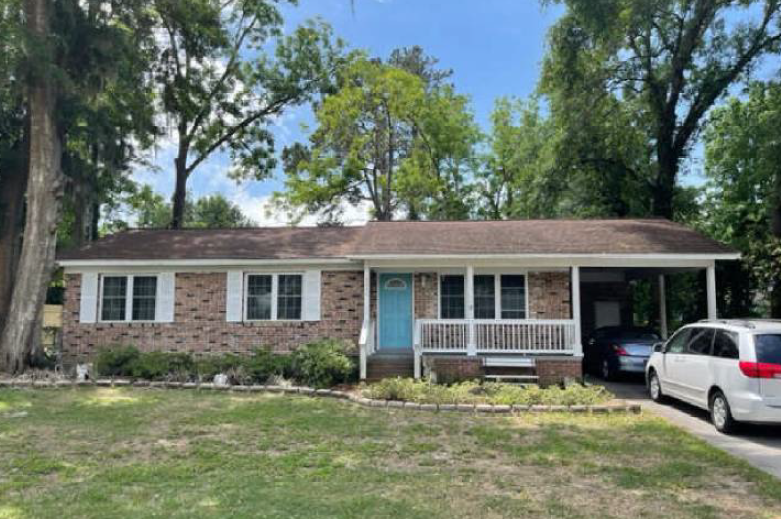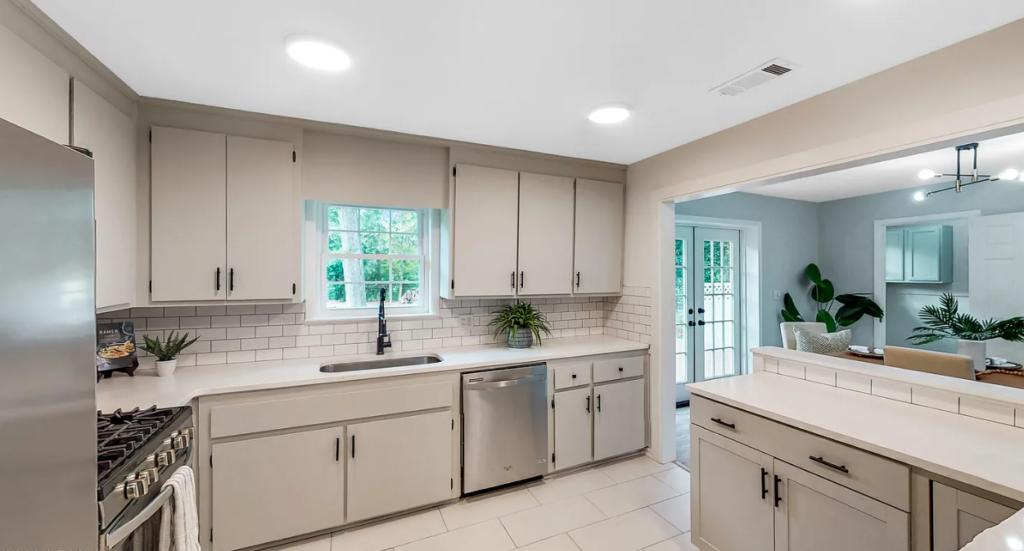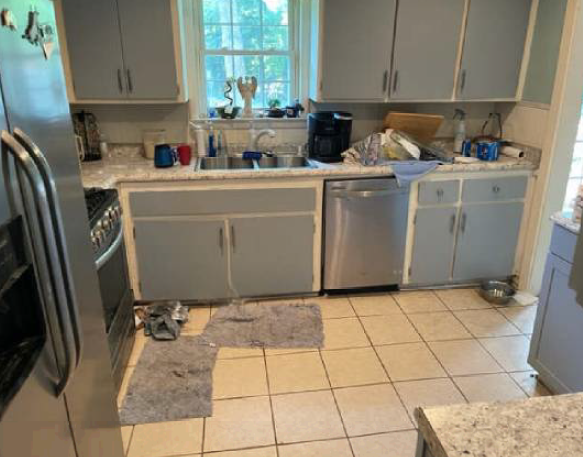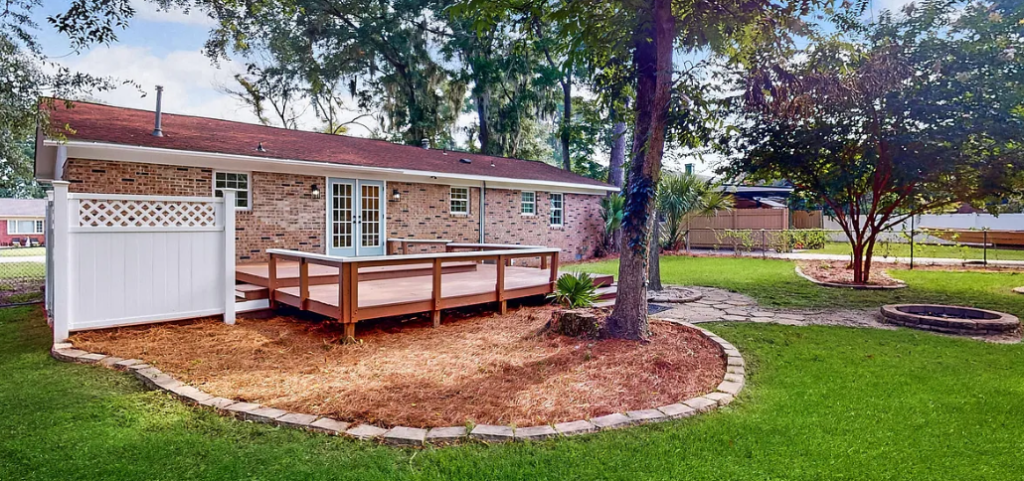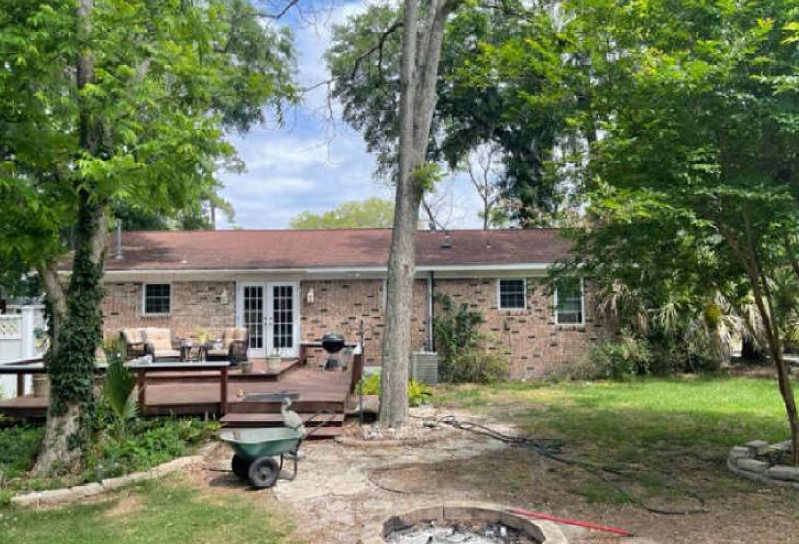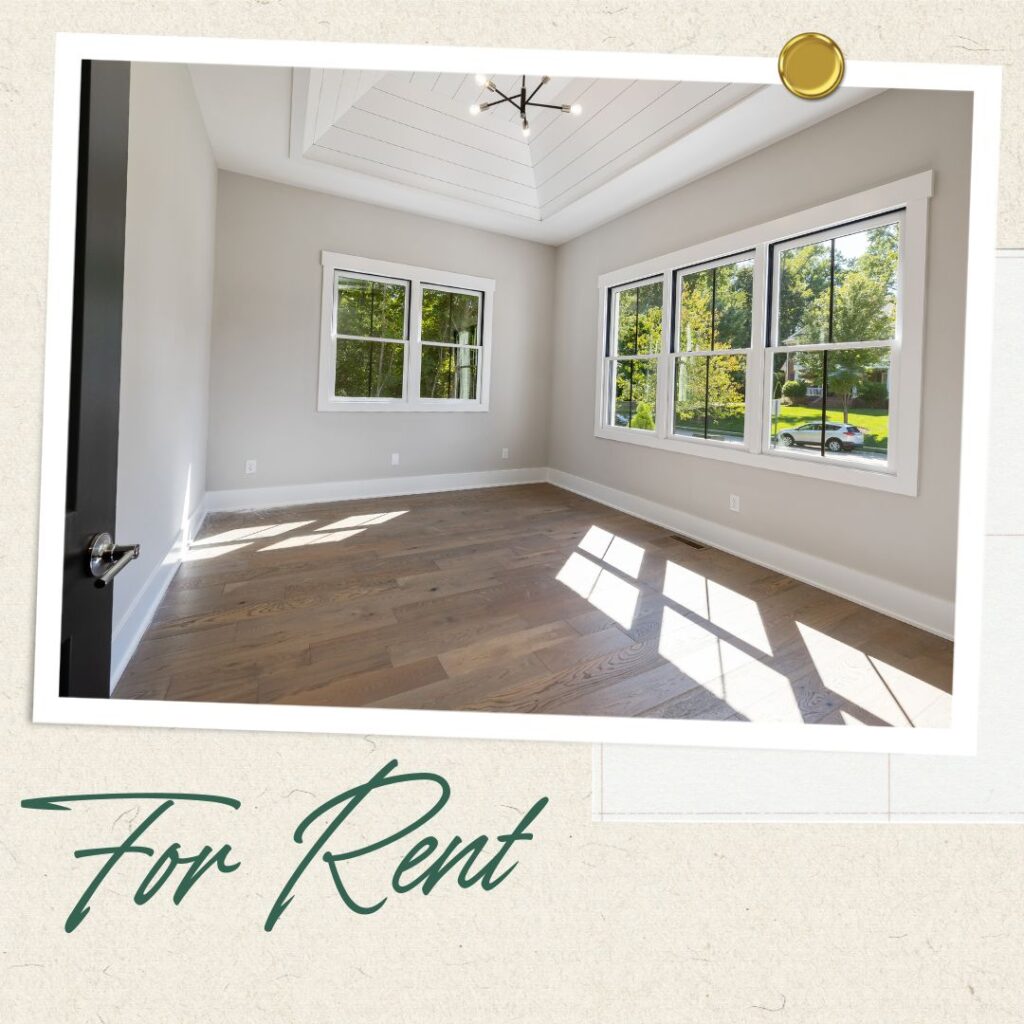Real estate investing is a dynamic and rewarding endeavor, but securing the right financing is critical to success. Understanding the types of lenders available and knowing when to use each can help investors maximize their returns and streamline their projects. Let’s explore the key players in the lending space—traditional mortgage lenders, hard money lenders, and commercial bankers—and discuss how they can complement one another to support your investment goals.
Traditional Mortgage Lenders
Who They Are:
Traditional mortgage lenders are banks or financial institutions that provide long-term financing for residential properties. Their loans typically come with lower interest rates and longer repayment terms, making them ideal for buy-and-hold investors.
When to Use Them:
- Rental Properties: If you’re planning to hold onto a property and generate rental income, a traditional mortgage offers stability and predictable payments.
- Primary Residences with Investment Potential: When purchasing a home you plan to live in while renovating or renting out part of it, traditional lenders are often the go-to choice.
What to Keep in Mind:
Traditional mortgages usually require good credit, a down payment, and detailed income verification. Their application process can be time-intensive, making them less suitable for quick acquisitions.
Hard Money Lenders
Who They Are:
Hard money lenders, like Low Tide Private Lending, specialize in short-term financing solutions. These lenders focus on the value of the property rather than the borrower’s credit profile, allowing for faster approvals and funding.
When to Use Them:
- Fix and Flips: Hard money loans are perfect for acquiring and renovating properties you plan to sell quickly.
- Time-Sensitive Deals: When opportunities arise that require quick action, hard money lenders can often close within days.
What to Keep in Mind:
While hard money loans offer speed and flexibility, they usually come with higher interest rates and shorter terms. These are trade-offs for the convenience and accessibility they provide.
Commercial Bankers
Who They Are:
Commercial banks cater to larger-scale investments, such as multi-unit residential properties, mixed-use developments, and commercial spaces. Their loans are often tailored to the specific needs of business entities rather than individuals.
When to Use Them:
- Large-Scale Investments: If you’re buying an apartment complex or office building, a commercial bank can provide the capital you need.
- Refinancing: Commercial loans are an excellent option for restructuring debt on larger properties to secure better terms.
What to Keep in Mind:
These loans typically require a strong financial profile, a proven track record, and a thorough business plan. Like traditional lenders, the process can be more rigorous and time-consuming.
How They Can Work Together
Strategic investors often leverage multiple types of lenders throughout their investment journey:
- Start with a hard money loan for a quick purchase and renovation.
- Transition to a traditional mortgage or commercial loan to refinance at a lower rate and longer term once the property is stabilized or producing income.
This combination allows you to act quickly on opportunities while securing cost-effective long-term financing later.
How Low Tide Private Lending Can Help
At Low Tide Private Lending, we bring extensive experience in the traditional banking space. Whether you’re looking for a quick hard money solution or need a referral to a trusted mortgage or commercial banker, we can guide you to the right resources. Over the years, we’ve built strong relationships with top-tier lenders who understand the needs of real estate investors, and we’re happy to connect you with them to support your investment strategy.
With the right team of lenders, your real estate goals are within reach. Let us help you navigate your options and build a tailored financing plan that works for you!

